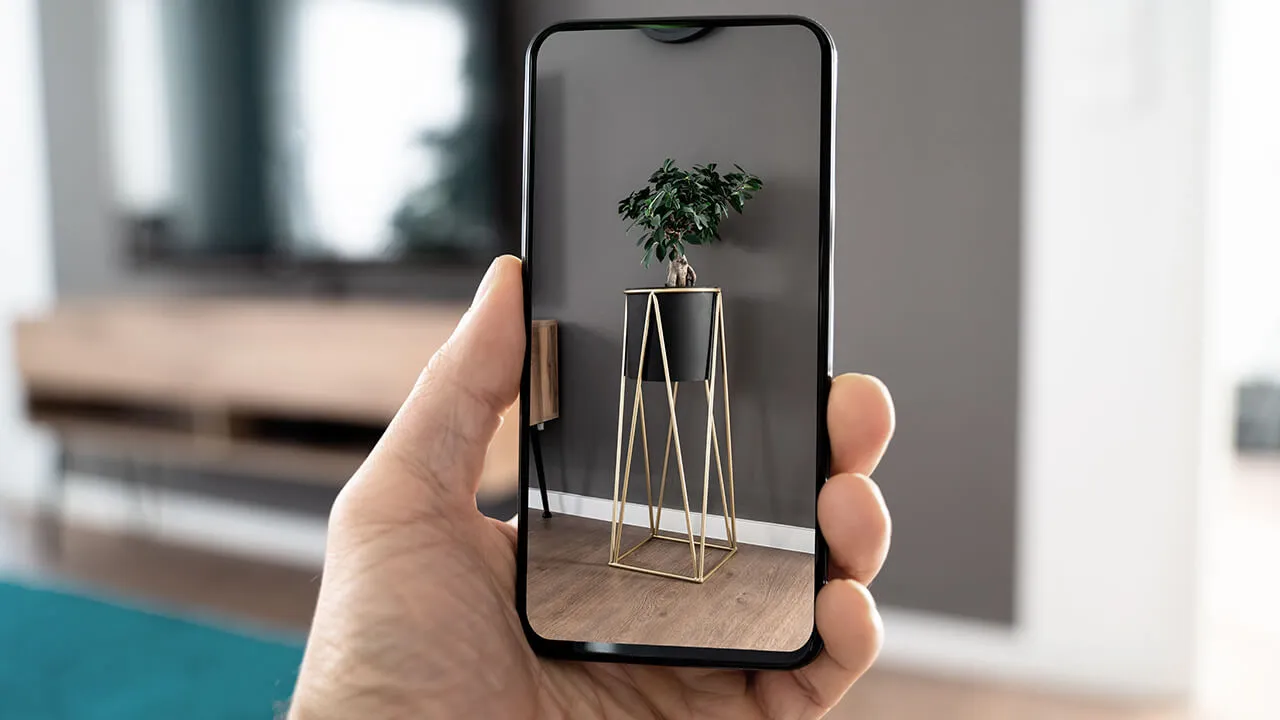Enhancing Sales with WebGL and AR/VR: A New Dimension of Product Showcasing
 Ayush Banerjee
Ayush Banerjee
In today's competitive market, businesses are constantly seeking innovative ways to attract customers and boost sales. Two cutting-edge technologies, WebGL (Web Graphics Library) and AR/VR (Augmented Reality and Virtual Reality) have emerged as powerful tools for showcasing products in an interactive and immersive manner. In this article, we will explore how companies across various industries are utilizing WebGL and AR/VR to elevate their product showcasing strategies and drive higher sales.
WebGL: Engaging Online Product Showcases
WebGL is a JavaScript API that enables the rendering of 3D graphics directly within web browsers, providing an engaging and interactive experience to website visitors. By integrating WebGL into their e-commerce platforms, businesses can offer customers a realistic and detailed view of their products, increasing the chances of a successful sale.
Example: Furniture Retailers
Furniture retailers have embraced WebGL to showcase their products in a virtual showroom. Customers can now rotate, zoom in, and examine furniture items from every angle, simulating the experience of physically walking around the showroom. Moreover, some platforms allow customers to customize furniture pieces, selecting fabrics, colours, and configurations in real time, creating a personalized buying journey that boosts conversion rates.
Augmented Reality (AR): Bridging the Gap Between Virtual and Physical Shopping
AR technology overlays digital elements in the real world, providing an enhanced and interactive view of products in the customer's environment. This "try-before-you-buy" approach has gained popularity across industries, enabling customers to make more informed decisions and reducing the likelihood of returns.
Example: Beauty Industry
Beauty brands are leveraging AR to allow customers to virtually try on makeup products. Through AR-powered mobile apps, users can see how different shades of lipstick, eyeshadow, or foundation look on their faces before making a purchase. This personalized experience not only drives sales but also enhances customer satisfaction and brand loyalty.
Virtual Reality (VR): Immersive Shopping Experiences
VR offers a fully immersive and captivating experience, transporting customers to virtual environments where they can interact with products as if they were physically present. This technology is particularly valuable for products that require detailed exploration or have spatial considerations.
Example: Real Estate
Real estate companies are revolutionizing the property buying experience with VR. Prospective buyers can take virtual tours of properties, inspect rooms, and get a feel for the space, all from the comfort of their homes. VR enables real estate agents to showcase multiple properties efficiently, reaching out to international buyers and streamlining the decision-making process, resulting in quicker sales.
Interactive Configurators: Empowering Customers with Customization
WebGL and AR/VR technologies are instrumental in developing interactive configurators that allow customers to customize products according to their preferences. These tools enhance engagement, offer a sense of ownership, and increase the likelihood of conversion.
Example: Automotive Industry
Automobile manufacturers are utilizing configurators powered by WebGL and AR to enable customers to design their dream cars. From choosing colours and features to exploring the interior, customers can visualize the final product in real time. This interactive experience not only boosts sales but also reduces manufacturing costs, as companies produce vehicles tailored to customer preferences.
Virtual Try-On for Fashion and Accessories
The fashion and accessories industries have witnessed a significant transformation with the introduction of virtual try-on solutions. Using AR, customers can virtually try on clothing, eyewear, jewellery, and accessories, making online shopping more interactive and personalized.
Example: Eyewear Retailers
Eyewear retailers offer AR try-on features that allow customers to virtually try on different styles and shapes of glasses. This not only enhances the shopping experience but also reduces the uncertainty associated with purchasing eyewear online, leading to increased sales and fewer returns.
Conclusion
WebGL and AR/VR technologies have introduced a new era of product showcasing, revolutionizing the way businesses engage with customers and drive sales. From interactive 3D web experiences to immersive virtual environments, these technologies offer a deeper level of engagement, personalization, and realism that traditional product images or videos cannot match.
By empowering customers to visualize and interact with products before making a purchase decision, businesses across industries have witnessed increased conversion rates, reduced returns, and enhanced customer satisfaction. As these technologies continue to evolve and become more accessible, the potential for boosting sales and redefining the shopping experience will only grow, cementing WebGL and AR/VR as indispensable tools for successful businesses in the digital age.
Subscribe to my newsletter
Read articles from Ayush Banerjee directly inside your inbox. Subscribe to the newsletter, and don't miss out.
Written by

Ayush Banerjee
Ayush Banerjee
At the intersection of art and science with a pinch of humour.